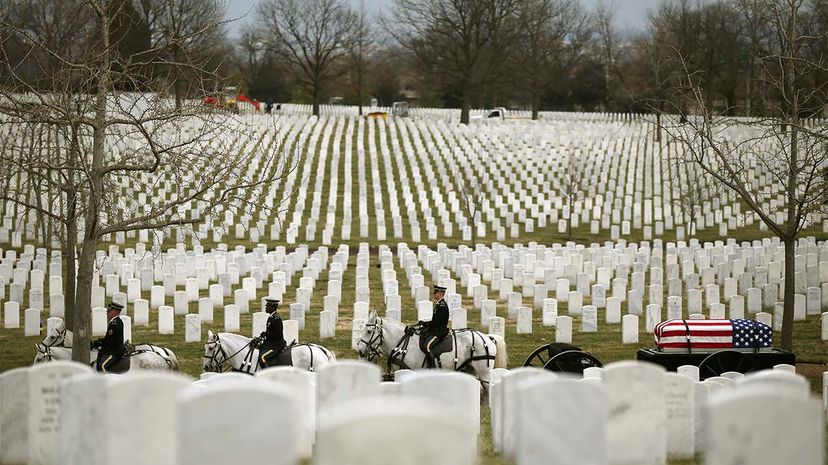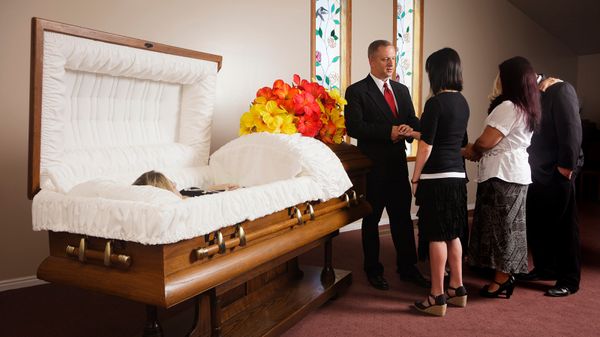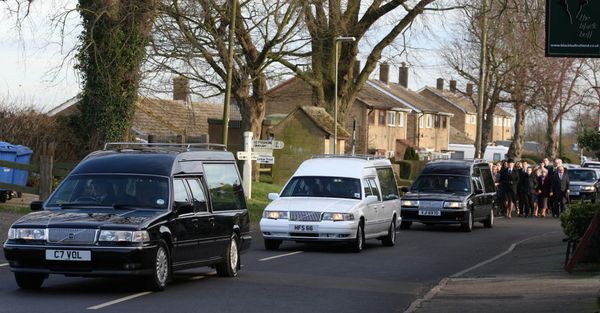That's why officials are now contemplating changing Arlington's eligibility requirements. Under the present rules, activity duty members of the armed services, as well as service members who've served at least one day of active duty and stayed in uniform long enough — traditionally, 20 years — to earn retirement benefits, are eligible for below-ground burial. So are their spouses and children. So are recipients of various medals and prisoners of war who died after November 30, 1993. In addition, active duty and retired members and their spouses and children, as well as reservists and National Guard members who die while on active duty or performing full-time service, are eligible for above-ground burial in the Columbarium, also known as the Niche Wall.
In the 2017 report, Army officials proposed a range of possible rule changes. The most restrictive option would allow in only those who were killed in action and/or were awarded the Medal of Honor. "This option can be expected to result in delaying the closure of ANC for at least two centuries — unless our Nation experiences large scale conflict and higher numbers of Service members killed in action," the report explained.
But such a move also would exclude the vast majority of military veterans and their families, and seems likely to encounter pushback.
Gerardo Avila, a deputy director of the American Legion, a veterans association, says that the issue of what to do about Arlington is still in the discussion stages, though clearly, "Arlington is reaching capacity, and something needs to be done."
In a resolution at the American Legion's 2016 convention, the organization urged Congress to step in and pass a law that would limit Arlington to service members who die on active duty, winners of the Medal of Honor and other decorations, World War II-era veterans who left the service 30 percent or more disabled, prisoners of war and career service members.
John Towles, director of national security and foreign affairs for the Veterans of Foreign Wars, says in an email that the VFW is opposed to severe restrictions on eligibility for interment at Arlington. "We advocate for a solution that will ensure that the benefits that they earned through their service remain available to them," he writes. "Because of this, the VFW cannot support changes that would take benefits away from veterans and family members who have already earned them, many of whom have already made plans to be buried at Arlington."
Another option to restricting eligibility for Arlington would be to create a non-contiguous annex on land around the Armed Forces Retirement Home campus in Washington, D.C., about 8-and-a-half miles (13.67 kilometers) away. Towles said that much of the site's 272-acre (110-hectares) expanse would be available. The United States Soldiers' and Airmen's Home National Cemetery, another burial ground operated by the Army, already is nearby.
But even if it becomes more difficult to be buried at Arlington, veterans still have the option of being buried at another of the 135 national cemeteries that the National Cemetery Administration operates in 40 states and Puerto Rico. They still would be entitled to the same ceremony, Presidential memorial certificate and perpetual care of their graves that those interred at Arlington receive, Avila says.


